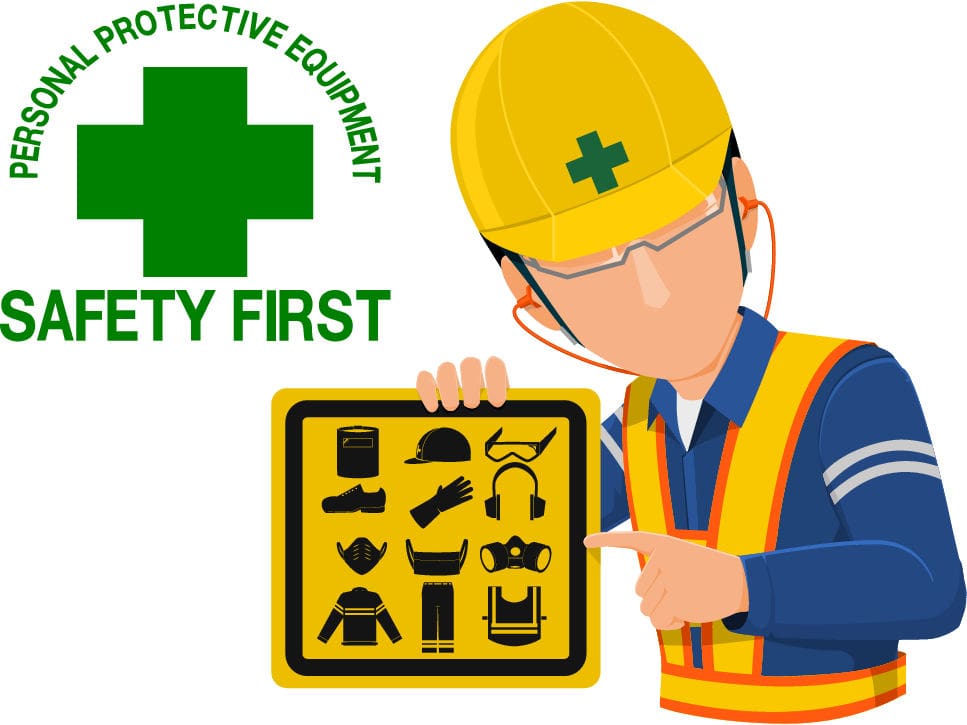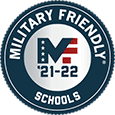Construction workers face a number of risks every day, so it’s essential for workers to receive proper safety training. Discover the most common safety risks in the industry, some key statistics about construction site injuries and how Heavy Equipment Colleges of America can offer you the safety training you need to excel in the construction industry.
What Are the Safety Risks in the Construction Industry?
Over 900 construction workers were fatally injured in 2016. This means that one in every five workplace fatalities occurred in the construction industry, which is higher than the national average for other industries. In addition to the 900 deaths, there are approximately 150,000 construction site injuries every year. Proper training may help reduce this number and create a safer, more productive work environment.
Heavy equipment also plays a factor in the risks of the construction industry. OSHA reported that the number of crane fatalities per year is approximately 71. A crane operator needs to have the proper training in both safe and effective equipment operation to prevent an injury or accidental death.
Safety involves looking at the most common injuries and removing risks that may lead to them. Here are the most common injuries reported in the construction industry according to the Centers for Disease Control and Prevention:
- Broken or fractured bones
- Cuts and lacerations
- Burns and scarring
- Loss of a limb or digit
- Stress injuries
- Loss of hearing
These safety risks can occur through a number of means. Falling items, improper safety equipment and other hazards have been reported by OSHA.
Many injuries occur at the same time, making them particularly hazardous. Explore the ways that training and proper safety equipment can reduce the number of injuries and deaths in the construction industry.

How Can Safety Training Prevent Construction Deaths?
OSHA has identified the most common hazardous conditions that cause these common injuries. Understanding why these features are hazardous is the first step toward a safe, efficient work environment.
Here are the top 10 OSHA citations issued to companies and individuals in the construction industry:
- Scaffolding: Improper, unsound scaffolding is a major hazard on a construction site. Many construction sites were found to use barrels and boxes to support scaffolding or to continue to use scaffolding without proper inspections and reinspections.
- Trenches: An unprotected trench is a hazard for individuals in and around the worksite. OSHA has outlined a number of restrictions on the size, support structure and safety equipment necessary when trenching. Common incidents are usually caused by improperly sloping walls or lack of safe exits and support structures.
- Cranes: In addition to the average of 71 individuals that die every year from crane accidents, there are even more that are injured on the job due to these heavy pieces of machinery. Crane incidents affect both the crane operator and anyone working near the load. Workers must inspect a crane’s controls, rigging, outriggers and load to ensure everything is safe and secure.
- Forklifts: Over 95,000 individuals are injured every year working around forklifts. Common issues include improperly trained and certified operators, unsafe driving habits and improperly secured loads. Forklifts may not be as large as other equipment on the construction site, but they are frequently used in close proximity to workers on foot.
- Hazardous chemicals: Every worksite needs to have a Material Safety Data Sheet that is constantly maintained and available for everyone at the site. Common OSHA citations regarding hazardous chemicals include a lack of a cleanup plan, improper chemical storage and improper handling of hazardous chemicals.
- Stairways: Many construction jobsite accidents occur due to stairways. These include slipping on stairs, falling objects and falling due to improper hand railing. A critical step to workplace safety is to keep falling objects free from stairways and making sure handrails are safe and secure.
- Ladders: Nearly 25,000 injuries occur every year due to stairways and ladders. Just like stairways, common ladder accidents include slipping. Other ladder accidents occur when ladders are improperly secured or overloaded.
- Guardrails and safety nets: Falls are a leading cause of injury and death in the construction workplace. A lack of proper guardrails and safety nets can cause workers to break bones and receive other injuries. As part of effective safety training, safety nets should be used wherever there is a risk of falling. Guardrails, toeboards and safety harnesses allow individuals to work near fall hazards.
- Hard Hats: A blow to the head can cause a concussion, laceration or death. Workers must wear hard hats on construction sites to prevent these injuries. Common head injuries can be reduced in severity or prevented with proper hard hat use.
- Electrical systems: High-voltage electricity is a hazard on the job. Construction workers must not only look out for power lines, but also electrical systems being installed in the building and heavy equipment electrical systems.
Many of these safety procedures are even more critical when operating heavy equipment. Be sure to review safety procedures when operating heavy equipment to reduce the risk of serious injury to yourself or those around you. Proper heavy equipment training can be challenging, so consider choosing Heavy Equipment Colleges of America to train on safe and efficient use of construction equipment.

How Can Heavy Equipment Colleges of America Help?
Interested in operating a crane or other heavy equipment? Whether you’re managing a jobsite, erecting a skyscraper or digging a trench for underground utilities, understanding proper use of heavy equipment is critical in the construction industry. As technology advances, it’s more necessary than ever to understand the latest operating systems, controls and safety features for state-of-the-art equipment.
As part of our heavy equipment safety program at Heavy Equipment Colleges of America, we work through OSHA heavy equipment regulations in these and other key areas. Whether you’re a construction worker looking to gain more safety training experience or just getting started in the industry, apply today to find out how our heavy equipment training programs can help you improve the safety of your next jobsite.




